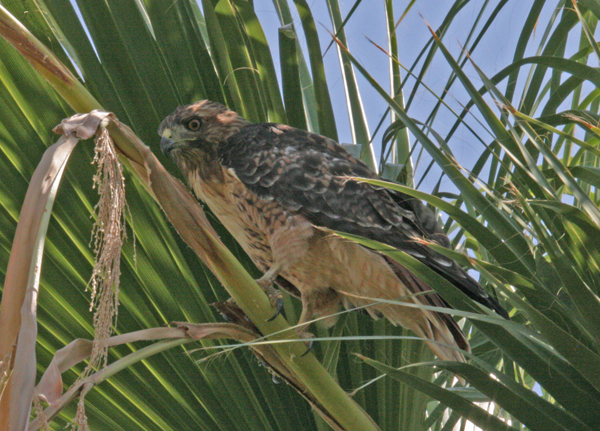
My intention was to spend the morning out photographing the local bird population as I had always heard that golf courses were good places to go birding. Right off the bat, I ran into a few insects that were interesting such as these dragonflies and a katydid.
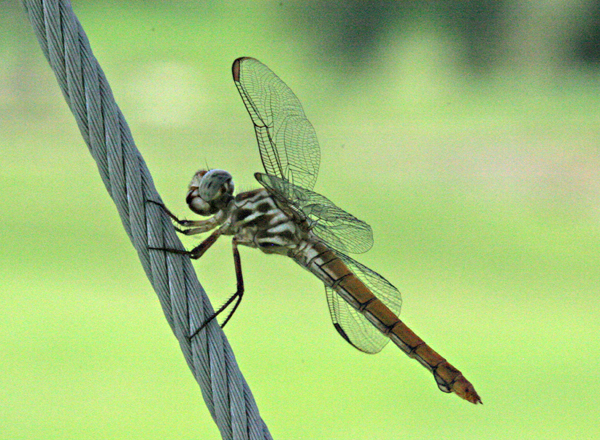
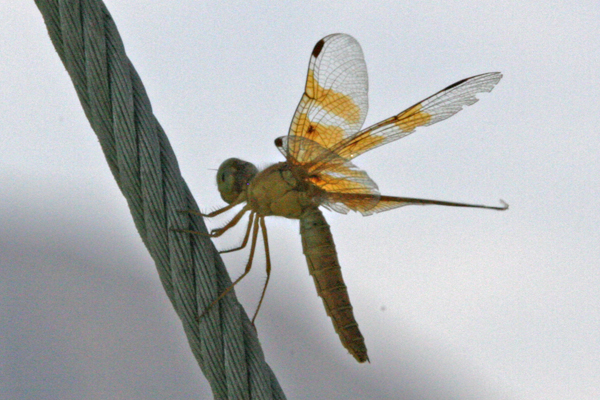
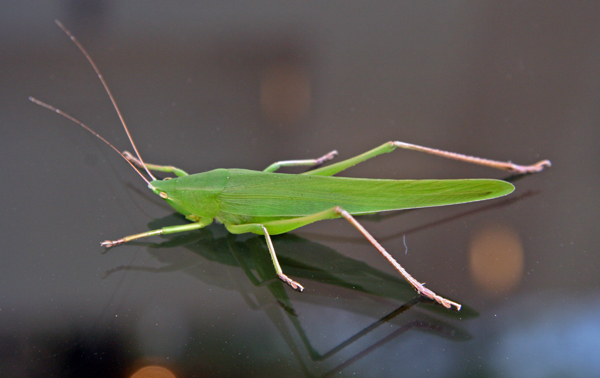
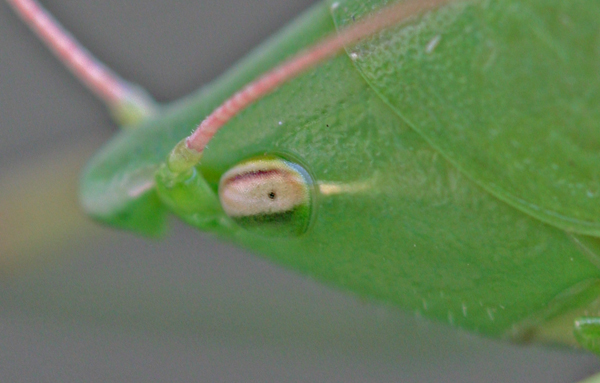
After the bugs, I was pleased to see lots of species of birds including hummingbirds, kingbirds and such, but I was wonderfully surprised to see a bittern and a couple of red-tailed hawks. The bittern flew out in front of me and posed rather nicely for a couple of minutes before deciding that he could find better hunting elsewhere. I could have sworn this was a black bittern, but since that is unlikely, I’ll have to do my homework on this one.
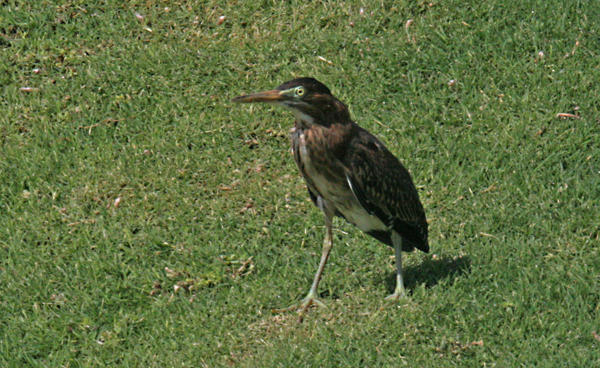
The red-tailed hawk was an other surprise as i was standing underneath a tree hearing what I thought was initially a tree creaking in the wind. However, the creaking happened again when the wind was not blowing and I realized it was a creature causing me to turn around just in time to see a red-tailed hawk unfurl his wings about ten feet above my head and fly off to another tree on the golf course. I barely got the camera up in time and as such had no time to check my settings.
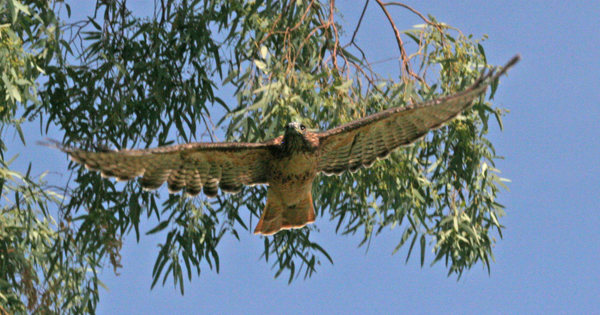
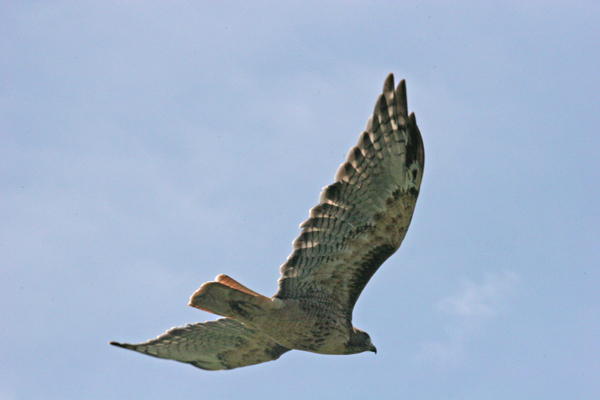
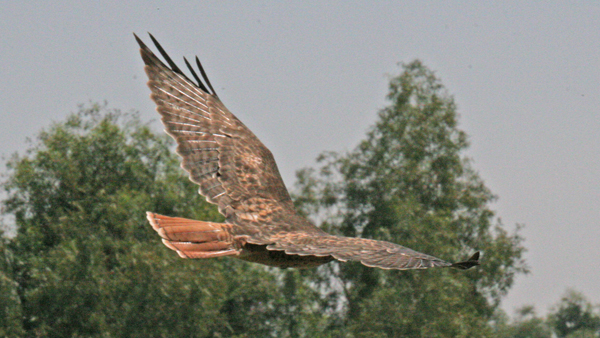
Of course I realized once again, that I absolutely need a bigger, faster lens which is going to cost me, but birds are simply harder to shoot high quality images of unless you have fast glass. Regardless, it was a thrilling moment that I am eternally grateful for. All of that said, I would have been able to get more photographs that would likely have been of higher quality due to more careful camera settings, but I was informed that photography was not welcomed on the Indian Wells golf course, and that they would like me to discontinue any and all photography…… I asked why and was informed that they did not want any images appearing in print which stunned me, but my guess is they did not want people to be photographing the layout of their golf course despite the fact that one can go to Google Earth or Google Maps and *precisely* identify the layout and dimensions of the course. I asked about signing a waver saying I would not publish images of the course per se, and was declined. Now, I have to say that it seems there are more and more restrictions on photography all over the United States for a variety of reasons that one would find hard to justify, particularly given the public nature of many places that are attempting to restrict photography. This irritated me, but I was polite and agreed to simply go back to the hotel. Now, I have never really understood the sport of golf, and I have an even less favorable opinion about it now. Of course I have mixed feelings about the sport as it does appear to provide some degree of habitat for a number of organisms including birds, insects and some mammals. However, the amount of water consumed to make the grass nice and green is stunning. The temperatures in Indian Wells the days of the conference were anywhere from 110 to 118 degrees and to keep the grass green, the course was pumping hundreds of thousands of gallons of water on the grass almost 24 hours/day. Additionally, everywhere I went I saw fertilizer being spread over the grounds which has its own environmental issues down stream and in the water table. Given the water issues the West is facing, I am surprised that water remains as cheap as it is, and even more confusing, the number of golf courses throughout the west in arid areas are exploding in number. There are a number going in in Southern Utah, many going in around Arizona and Southern California and even one going in in the Teton Valley and one wonders how they can be expected to keep consuming the amounts of water they do.